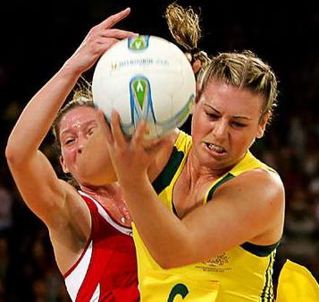In a universal quest to ensure that sports injury prevention efforts actually do work because athletes and other participants actually do what we recommend they do, there have been increasing calls for more attention towards understanding the drivers of sports injury prevention from a behavioural perspective. It is concerning, therefore, that the sports injury research field globally, to date, has been rather reticent to adopt and apply behavioural and social science theory to this important research and practice area (see a recent review about this and why it is a problem).1 
As all sports injury prevention efforts require some element of behaviour change or adoption, the field surely needs to start to consider how well established health promotion approaches could be translated to sports medicine efforts to achieve these behavioural outcomes.
Behaviour change strategies are already well accepted in other aspects of sports medicine relating to the promotion of physical activity and exercise prescription for at-risk groups or for rehabilitation purposes. That sector has also recognised the ecological context in which such health promotion activities need to take place, with different levels of promotion activity and concurrent engagement with different parts of the community paramount to sustained preventive behaviour. A scan of a list of relevant published research studies over the past decade, as posted on the website for the RE-AIM framework shows just how relevant and widespread the use of this health promotion framework can be to a range of population health issues that are of clear interest to sports medicine professionals.
What is the RE-AIM framework and why is it important?
The RE-AIM framework considers that, for sustainable programs with demonstrable population impact, all interventions need to be designed and evaluated in terms of their Reach to the intended target population, Effectiveness or efficacy, Adoption by target settings or institutions, Implementation with consistent delivery and Maintenance of intervention effects in individuals and settings over time.
It is now time for similar approaches to be applied more widely to better understand the nature of sports safety (or conversely risk taking) behaviours. This will also help explain why our implemented injury prevention efforts are/are not effective.
The first studies to apply the RE-AIM framework to sports injury prevention are now appearing, led by two studies from my team published in the BJSM in 2010.2 3 These have been added to the list of RE-AIM publications, thereby adding yet another public health issue that is being addressed with this framework.
We hope this will encourage other sports injury researchers to also include behavioural considerations in their studies and to provide a more holistic approach to determining whether or not specific interventions work, rather than only continuing to provide efficacy evidence though randomised controlled trials that do not mimic real world sports delivery settings.
1. McGlashan A, Finch C. The extent to which behavioural and social sciences theories and models are used in sport injury prevention research. Sports Medicine 2010;40(10):841-58.
2. Finch C, Donaldson A. A sports setting matrix for understanding the implementation context for community sport. Brit J Sports Med 2010;44:973-78.
3. Saunders N, Otago L, Romiti M, Donaldson A, White P, Finch C. Coaches’ perspectives on implementing an evidence-informed injury prevention program in junior community netball. Brit J Sports Med 2010;44:1128-32.